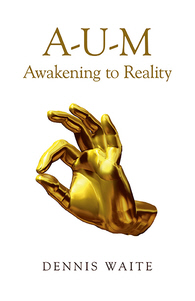Q: How can I be sure that the true nature of Brahman is happiness? Also, can Brahman’s nature be happiness if happiness has objective qualities, and Brahman doesn’t?
A: Brahman cannot be described. If it had a property, it would have to ‘not have’ the opposite property. And Brahman is non-dual – there is nothing other than Brahman. All ‘adjectives’ apparently used to describe Brahman are not in fact adjectives in the usual sense. They are ‘pointers’ to help you to understand Brahman intuitively.
Read my answer to Q. 446 – https://www.advaita-vision.org/q-446-satyam-jnanam-anantam-brahma/
Read the 3-part post on the subject beginning https://www.advaita-vision.org/satyam-gyanam-anantam-brahma/
Q: Oftentimes in my inquiry, phrases will pop up that say, ‘I am not thought,’ ‘I am not that which I am aware of,’ ‘I am the awareful witness,’; however, aren’t these phrases simply just contained, and being said by thoughts themself, thus invalidating their truthfulness? – thought is not awareness, thought is thought.
Continue reading
